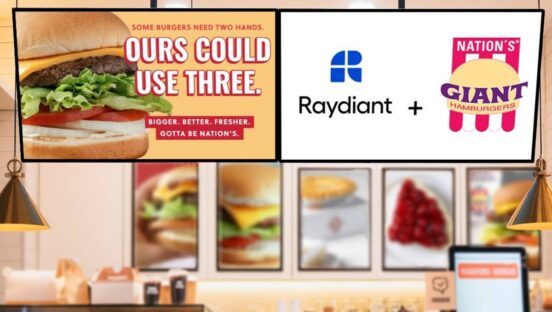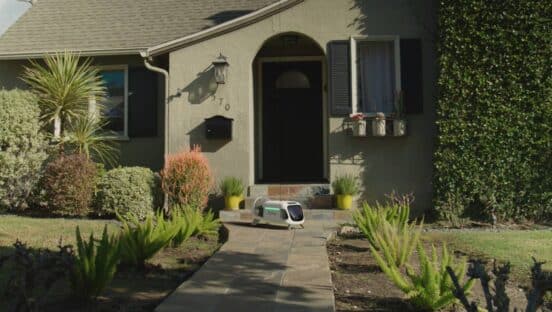Q: Should our restaurant offer delivery service?
A: These days, everyone seems to be doing delivery, right? Starbucks, Chipotle, McDonald’s, and Taco Bell are some of the big chains that have recently announced tests or rollouts of delivery service. A lot of independent, technology-enabled restaurant delivery service start-ups, including Sprig, Postmates, and SpoonRocket, are being launched. Even grocery stores are getting into the game.
The development in delivery that I find most interesting is the emergence of meal delivery services. Companies like Blue Apron and Hello Fresh offer customers subscriptions for weekly deliveries of meal kits, including everything they need to cook a meal, from frozen proteins and fresh produce down to herbs and spices. These services, whose meals average around $12 per meal, appeal to folks who want a home-cooked meal without the hassle and waste they associate with buying and preparing food purchased from grocery stores, or the inconvenience and expense of going out to eat. Blue Apron, the largest in the sector, ships more than 100 million meals a month, and like other promising upstarts, it has managed to attract significant venture capital funding.
That popularity, along with the rising prevalence of delivery players in other areas, reflects several trends that may suggest offering delivery service is right for your restaurant. Of course, there’s been a steadily increasing demand for convenience, but this trend has jumped to another level with people’s growing desire for on-demand, personalized service. I call it the “Uber-fication” of everything, since the popular car-sharing service has raised the bar for people’s service expectations. Now that we enjoy the convenience of fetching a personal car and driver at the click of a button on our mobile phones, it seems right to question why we can’t get anything we want—any service, any product—whenever, wherever, however we want. Meals, and food in general, are no exception.
Meal and independent restaurant delivery services have captured the imaginations of customers and investors alike in part because of the broader shift in American food culture over the last 10–15 years. Meals, particularly those at home, used to be more functional and predictable. The norm was a planned family gathering around a meal prepared by an individual composed of conventional ingredients and dishes. Today, meals have become social experiences—preparers are more imaginative, recipes are more adventurous, gatherings are less predictable and structured. Millennial consumers, as well as those in the generation that follow them (“Generation Z”), are particularly driven in their food choices by the pursuit of creativity and risk-taking.
In a food culture that values experimentation, customization, and distinction, it’s no wonder services that provide easy access to more choices thrive. Meal-delivery services do this by offering an ever-changing assortment of imaginative chef-inspired dishes; independent restaurant delivery services do it by delivering from menus of many different eateries.
Developments in technology form another trend that has contributed to the growth of food delivery. GPS-enabled mobile technology enables companies to efficiently deploy a legion of delivery drivers (or cyclists, as the case may be in cities like New York and San Francisco) and to ensure their service is provided quickly and accurately. Moreover, the analytics and algorithms behind Uber’s approach of matching excess supply (unoccupied drivers) with demand (riders) are now being copied and applied by restaurant delivery services.
For customers, intelligent apps on mobile devices and CRM-enabled websites provide friction-free environments in which to customize, track, communicate about, and pay for orders—and to easily place repeat orders. New technology has also enabled the widespread distribution and sharing of content that is quickly becoming the most effective form of meal delivery marketing—including stories about food sources, chef profiles, how-to videos, enticing food photography, and more.
All of these trends are important to be aware of and to take into account when deciding whether or not to offer delivery service. But those of you who know me or who’ve read my book, What Great Brands Do, know that I’ve found that great brands usually ignore trends. Actually, they are quite aware of the latest developments and they use that knowledge to better understand where customers’ needs and wants might take them. But rather than following what others are doing, they grow and succeed by pursuing their own original, disruptive ideas. Ignoring the low-price trend in fast food is how Chipotle Mexican Grill and Panera Bread ushered in the fast-casual restaurant segment; Uber and Zipcar ignored the prevailing trends in the rental-car business and introduced entirely new temporary transportation concepts.
Delivery may not be right for you. You may decide that high-touch, low-tech service is a hallmark of your brand and that delivery would detract from the customer experience you want to offer. Or you may conceive of a completely new mode of service that we can’t even imagine today. But if you decide to do delivery, be sure to develop and use a system that aligns well with your brand. An independent delivery service will be the face of your brand at many customer touchpoints. Make sure it represents you well.












